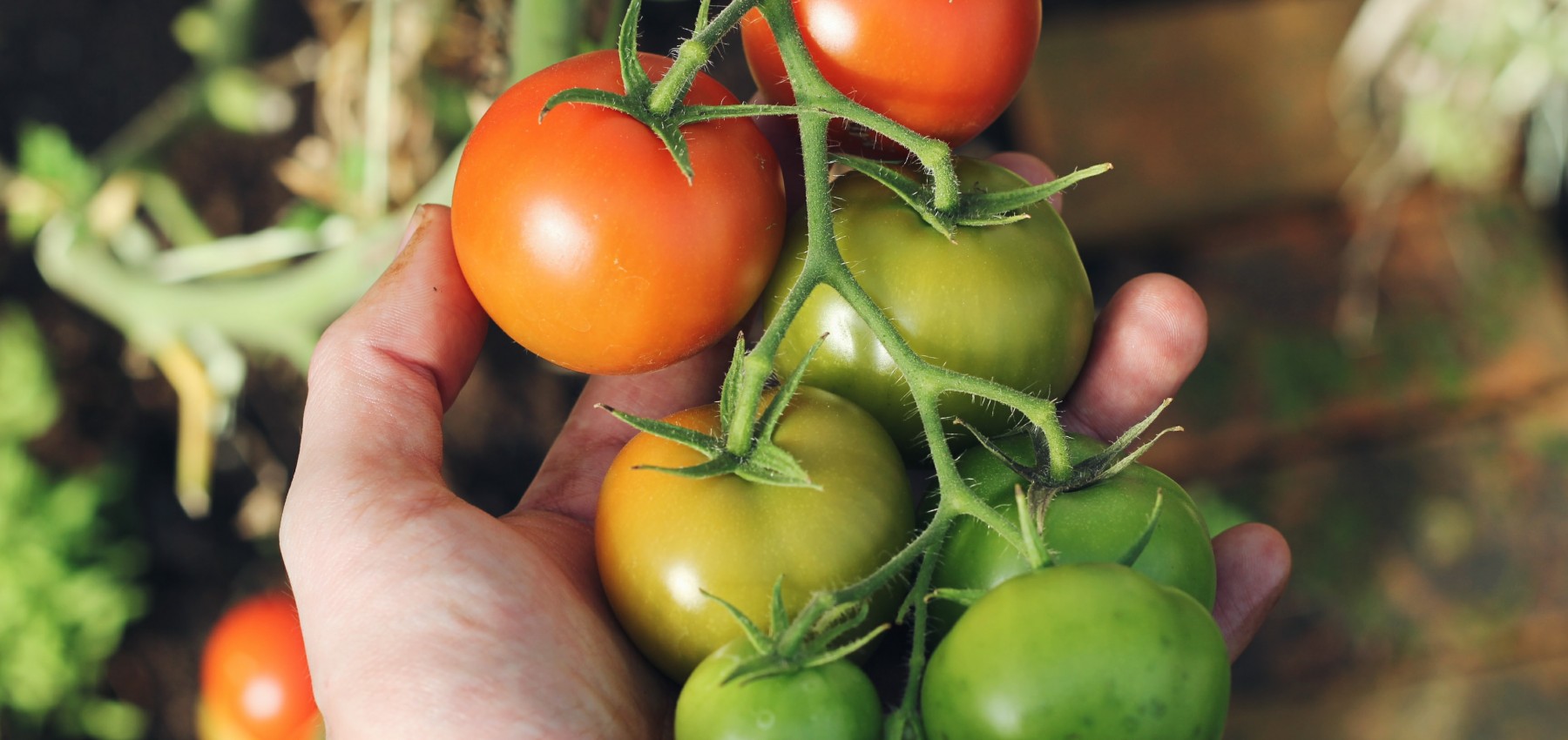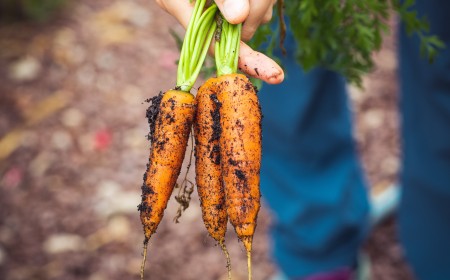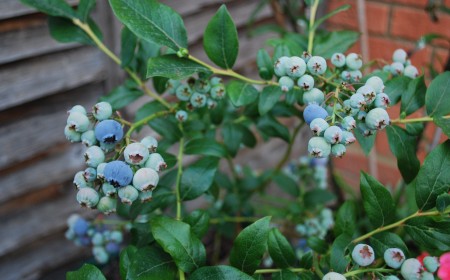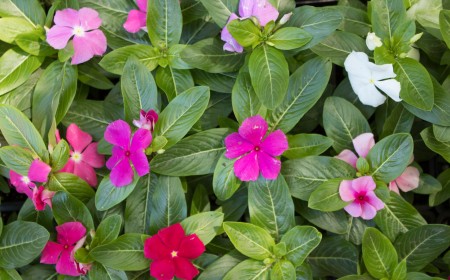Growing your own vegetables is one of the most rewarding hobbies you can have. And since many of us have a bit more time at home than usual these days, now is the perfect time to start!
But if you’ve never planted a veggie garden before, you may not know exactly where or when to start.
Planning and planting a new garden can be overwhelming, but it doesn’t have to be. Below, we answer some common questions people ask us about growing veggie gardens in Northern and Central Georgia.
What plants should I grow?
The first step you’ll want to take is deciding what crops you’d like to grow. This will help you figure out how large your garden should be and where you’ll need to place each plant.
Our recommendations for those just starting out…
- Climbing plants like beans and peas
- Hot and sweet peppers
- Tomatoes of all sizes love the hot and sunny days of Georgia summers
- All kinds of leafy greens, including lettuce, spinach, kale, and chard
- Root vegetables like potatoes, leeks, radishes, onions, and garlic
- Zucchini and cucumbers
- Squash and pumpkins
- Watermelons or cantaloupe, if you’d like to try to grow some easy fruit!
Our suggestion is to start growing seeds indoors, somewhere sunny where it stays above 50 degrees. Enclosed porches, sunrooms or small greenhouses can work, though if they aren’t warm enough, you may need to start your seed somewhere warm inside your home.
Be sure to check each plant’s seed packet to see when they should be seeded indoors. If you’d rather not grow from seed (or it’s just too late in the season) buying bedding plants from a local garden center is also an option!
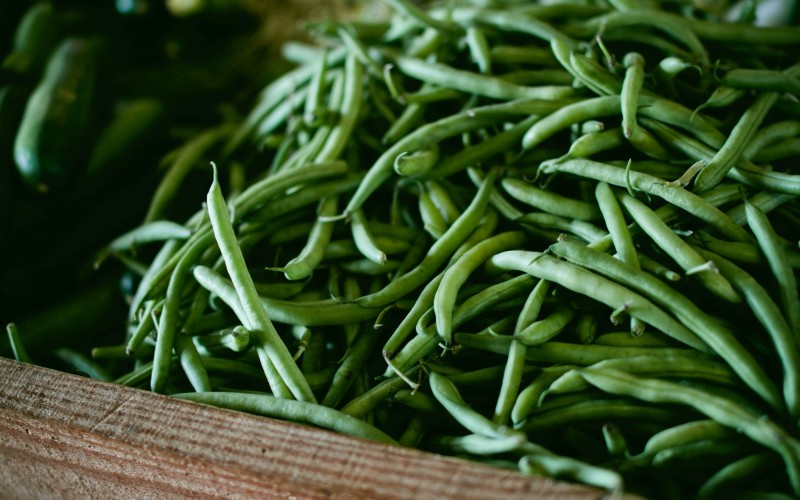
When should I plant my garden?
If you’re in the Piedmont region of Georgia (south of the mountains), our growing season typically begins in March or April, depending on the crop, and ends in November.
We have two planting and harvest periods, one in spring and one in the fall. The spring planting begins anytime from March to May, with harvests from June to August. The fall planting begins anytime from June to September, with harvests running all the way into December, depending on when the first frost arrives.
You should have no trouble growing most of your favorite fruits and veggies, especially if you’re growing perennial crops.
Where should I plant my garden?
Most edible plants thrive in full sun, which is defined as at least 6 hours of undisturbed sunlight every day — though 8–10 hours is even better!
Keep in mind where the sun rises and sets when planning your garden placement. We recommend planting with a “north-south” aspect in mind, as this ensures that sunlight is evenly distributed to the entire garden.
How big should my garden be?
If you’re just starting your garden, don’t bite off more than you can chew! Even experienced gardeners are known to do this with veggies — there are just so many options. We recommend starting small, and only growing what you know you can manage.
A good starting point is a garden of around 16x10 feet (or smaller) with crops that are easy to grow. A plot this size, based on the vegetables recommended above, is enough for a family of four, with a little left over for canning and freezing (or giving away to friends and family).
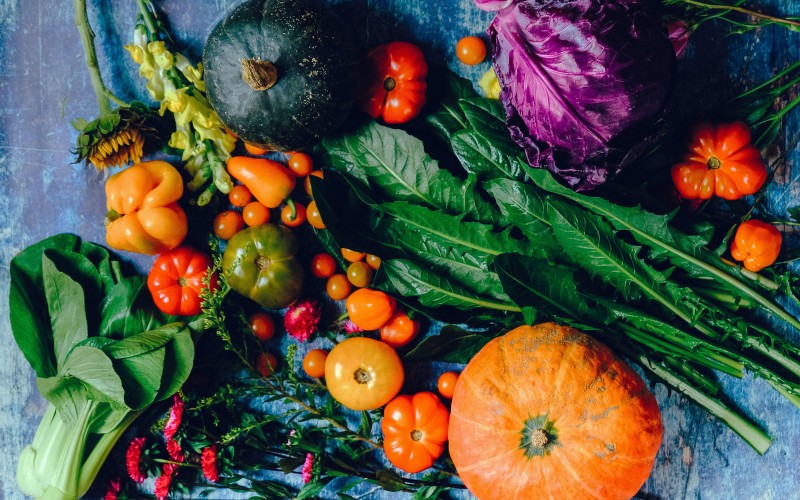
How can I make sure I grow the best vegetables?
Once you’ve chosen the right location, these tips will help you grow amazing veggies:
- Give your plants enough space. Crops that you plant too closely together will have to compete for sunlight, water, and nutrients, are more likely to fall prey to disease and pests, and may not fully mature. Pay attention to the guidelines for spacing on seed packets and plant tabs.
- Use high-quality seeds (or plants). Seed packets cost less than individual plants, but if your seeds don’t germinate, your money and time are wasted. Spending a few more cents in the spring for this year’s seeds, rather than old ones, will pay off with a better harvest! And if you don’t have time to seed, buying bedding plants is also an option.
- Water well… but not too often! Many first-time gardeners over-water their plants. Many of the vegetables you grow will need a delicate balance of water and sun. Our best advice? Feel the soil to see how wet or dry it is before watering! You’ll know pretty quickly if your plants need more water. And when you water, be sure to water deeply so that the roots can draw up enough moisture.
- Plant and harvest at the right times. Every vegetable has specific planting dates, so make sure you check your seed packet or plant tab. Take a look at this chart from the University of Georgia, which gives an excellent overview of planting dates for each variety of crops!
Looking for more gardening tips?
This post covers only the basics — we feel like we’ve only scratched the surface! If you’re looking for more tips, in our next post we get into the nitty-gritty of planting your garden, answering questions like…
- Where should I put each type of plant in the garden?
- What’s the proper way to plant?
- What gardening tools should I use?
If you’d like help planning and installing a vegetable garden, reach out — we’re here to help. Our team can design, plant, and care for your garden for you. And, of course, you get to keep the harvest!
